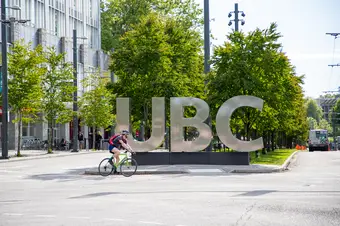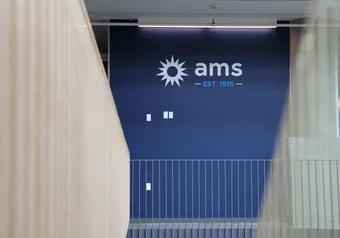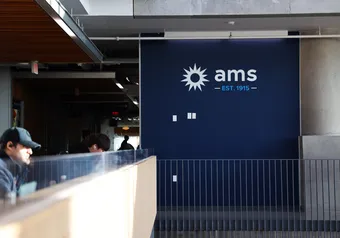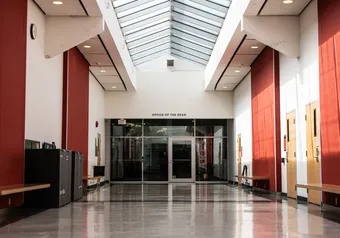Following provincial restrictions on indoor dining announced at the end of March, restaurants along University Boulevard have erected plastic barriers around their outdoor seating areas, raising concerns about the spread of COVID-19 by both public health experts and those within the university community.
In a press release published on March 30, 2021, BC’s Office of the Premier restricted the operations of restaurants, bars and pubs by only permitting take-out and outdoor dining.
In an April 6 tweet, Kareem Shammout, a fourth-year student majoring in math and minoring in computer science, criticized the Browns Socialhouse on University Boulevard for erecting plastic coverings around their outdoor patio that appeared to convert their outdoor area into an indoor dining area.
BC: You guys need to do better. No more indoor dining.@BrownsSocialize: Nah, f*ck that pic.twitter.com/VfY6rqrrFl
— Kareem Shammout (@Kikokareem632) April 6, 2021
Shammout said in an interview with The Ubyssey that although two windows were open, “the plastic [covering] was closed so it didn't seem like it was indoor[s].”
“I've walked by sometimes when they completely open it up and it's been like an actual patio which is fine, but... I'm assuming if the customers complain, then Browns would just close [the coverings].”
According to Dr. Michael Brauer, a professor at UBC’s faculty of medicine and School of Population and Public Health, there are several factors at play when determining the riskiness of a restaurant’s outdoor dining areas.
This includes the level of ventilation, who you are with, how crowded the space is and the overall rate of transmission in the community.
When it comes to outdoor dining, Brauer says that more open sides are better since continuous air flow helps to decrease the risk of exchanging air that may contain COVID-19.
“If there's a room, you'd ideally like to have at least three sides [completely] open to air,” he said. “At the very least, you’d like to have two sides open… kind of on the ends so that there's cross-ventilation that can go through.”
Brauer believes that the plastic enclosures surrounding outdoor dining spaces may be even riskier than indoor seating.
“Indoors, typically, most restaurants have relatively good ventilation just because of the kitchen. So they're actually circulating a lot of fresh air. The plastic enclosures actually don't have any of that ventilation at all.”
People’s risk could also be compounded because they are eating, which is “one of those activities that you can’t do with a mask on.”
In an emailed statement, James MacFarlane, VP operations of Browns, wrote that they are working closely with the Provincial Health Officer and the local health authorities to ensure their patios are safe for guests and staff while being compliant with the current health orders.
“As of Friday last week we received confirmation from coastal health that our UBC patio along with our strict protocols and covid safety plan all meet the current requirements for safely operating a patio dining space.”
Despite their criticisms, Shammout and Brauer are sympathetic to the challenges faced by businesses.
“I don't want Browns to close. I don't want them to lose business,” Shammout said.
“I just want them to be able to open the shutters… [and] make it safer for the majority of their customers and their employees as well because their employees are most at risk.”
Brauer recognized the dynamic nature of the situation and that it has been difficult for restaurants to follow the frequently updated restrictions.
"And it’s even hard for the government because the situation is changing all the time — it’s hard for them to keep updating [the] rules and regulations,” he said.
“Now might be the time to think more about takeout rather than eating unless it is really truly outdoors. And that will change though once cases go down.”
— with files from Andrew Ha
First online
Share this article







